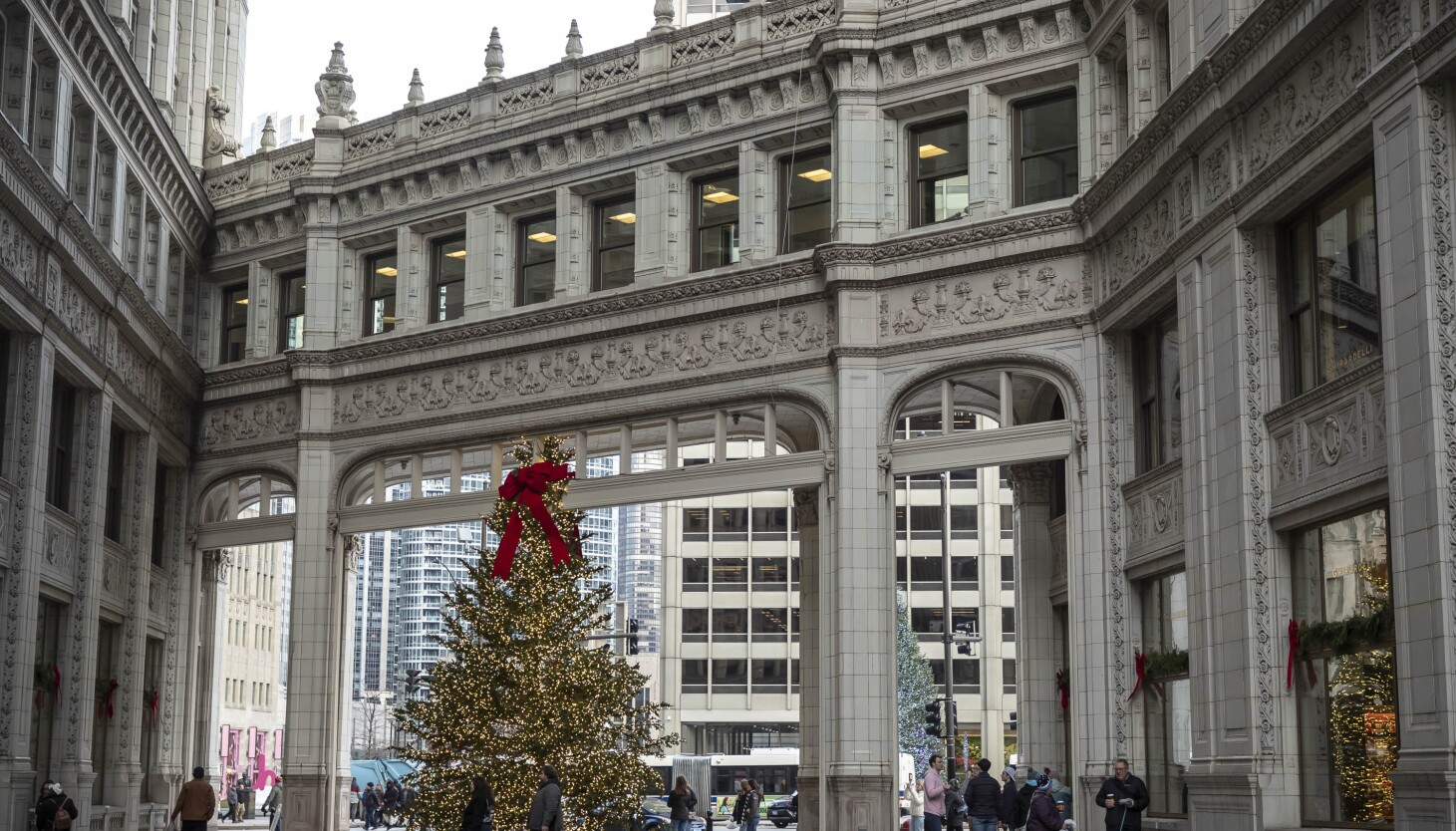
The Wrigley Building, famous for its Christmas decorations, holds a deeper connection to the holiday than most realize. Its significance lies in the creation of the iconic image of Santa Claus that we know today.
The popular image of Santa – a jolly, chubby older man with a flowing white beard, dressed in a red suit – is largely attributed to Coca-Cola’s Christmas advertising throughout much of the 20th century. However, the origin of this image isn’t Atlanta, but rather the Wrigley Building in Chicago. Haddon Sundblom, a commercial artist whose studio was located on the building’s eighth floor, drew Coke’s Santa from 1931 to 1964. While not the first to depict Santa in red and white, Sundblom’s depiction is widely considered the most familiar.
The Santa Claus character has a long and evolving history. Originating in what is now Turkey as Saint Nicholas, a monk known for kindness, he transformed into Sinter Klaas in Holland, a patron saint of children. Dutch immigrants brought this tradition to New York, where early depictions showed him as a Catholic bishop in red, riding a white horse. Later portrayals varied, showing him in green, tan, or white clothing, sometimes lean or gaunt. Clement Clarke Moore’s 1823 poem, “A Visit from St. Nicholas,” further shaped the image, describing a fur-clad Santa with twinkling eyes and rosy cheeks. An 1863 political cartoon added the “jolly old elf” with a long beard. Even as late as 1902, L. Frank Baum’s “The Life and Adventures of Santa Claus” featured Santa in a green leopard-spotted coat.
Coca-Cola began using Santa in its advertising in 1925, collaborating with several artists before settling on Sundblom in 1931. His portrayal of a lovable, jolly, and realistic Santa proved so successful that Coca-Cola continued to employ him for 33 years. Chicago, then an advertising hub, relied heavily on commercial artists to create eye-catching advertisements. Archie Lee, an executive at the St. Louis advertising firm D’Arcy, oversaw Coca-Cola’s ads and sought a relatable, plump, and jolly Santa. As Sundblom later recounted to the *Chicago Tribune*, a D’Arcy art director approached his studio with a rush job, leading to the creation of the now-classic image. The resulting ad, featuring Santa lifting a glass of Coke with the tagline “My hat’s off to the pause that refreshes,” appeared in national magazines like the *Saturday Evening Post* and *Ladies Home Journal*, cementing Sundblom’s legacy.
This seemingly simple image, born from a rush job in a Chicago office building, became the enduring symbol of Christmas for generations to come.

